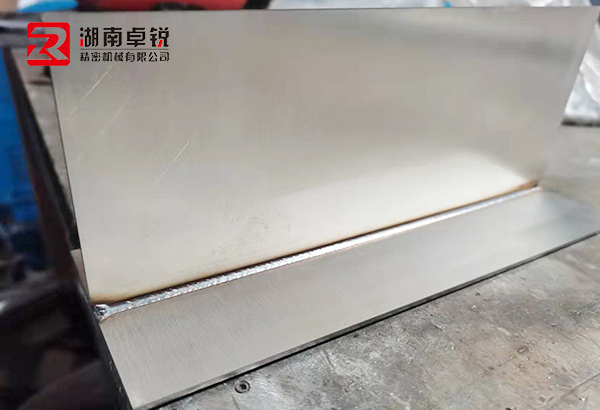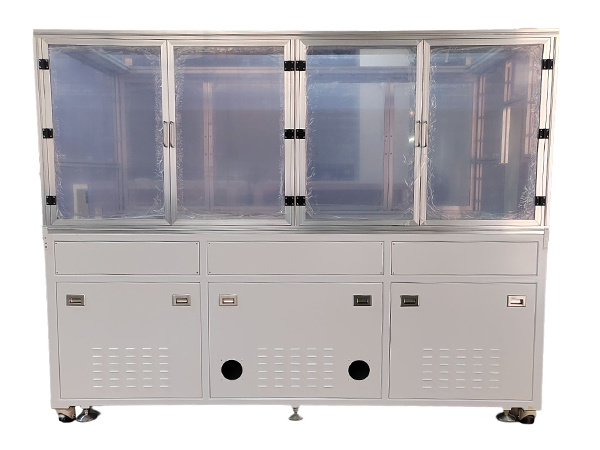1. Reasonably select cutting tools based on different processing categories
A machining center can complete multiple processes, but different types of tools are required for different machining processes.
The overall principle of tool selection should follow: easy device adjustment, good rigidity, high durability and precision. On the premise of meeting processing requirements, select shorter tool holders to improve the rigidity of tool processing. When selecting a cutting tool, it is important to ensure that the scale of the tool matches the surface scale of the workpiece being machined.
For example, when machining the peripheral contour of flat parts, it is recommended to use end mills. When milling flat surfaces, it is recommended to choose hard alloy blade milling cutters. Rough cutting is also used to process the surface of raw materials, and it is recommended to use corn milling cutters with hard alloy blades. Choosing suitable cutting tools is necessary to ensure a seamless machining process and prevent machining errors caused by unsuitable tools, which can lead to tool collisions.
2. After selecting the cutting tools, it is important to prevent improper operation in the future
Improper operation of a five axis CNC Machining center is also a major cause of tool collision. Some improper operations are often not due to carelessness or carelessness, but rather a lack of comprehensive and accurate positioning and grasp of the machining process.
A. Tool measurement error. Errors in tool measurement lead to mismatch with machining and result in tool collision.
Solution proposal: Select reliable tool measuring instruments and use standard measurement methods.
B. Choosing the wrong embryo. When selecting processed embryos, the actual processing conditions were not taken into account, resulting in oversized embryos or collisions with the programmed embryos.
Solution proposal: Select the preform according to the program settings before processing, and verify the dimensions, hardness, and other data of the preform. Select the cutting tool after fully considering the machining process and the condition of the rough embryo. Special circumstances should also be taken into account, such as thermal deformation of the blank and machining wear of the tool.
C. Clamping error. Improper clamping during the machining process can also lead to tool collisions.
Solution proposal: Combine the clamping process with the actual processing conditions to prevent operational errors.
The automation level of five axis machining centers is very high. Although CNC technology has brought many conveniences to machining operations, there are also some hidden troubles, such as tool collision incidents caused by programming errors.
After completing the program, check it to prevent parameter errors. Update the program list in a timely manner and conduct corresponding checks and verifications. Before processing, check the detailed data of the program, such as the time and date of writing the five axis program, and confirm that the new program can run normally before proceeding with processing. When necessary, test pieces can be made, and batch production can only be carried out after the test pieces are qualified.


 Spanish
Spanish Arabic
Arabic Spanish Basque
Spanish Basque Portuguese
Portuguese Belarusian
Belarusian Japanese
Japanese Russian
Russian Icelandic
Icelandic Bulgarian
Bulgarian Azerbaijani
Azerbaijani Estonian
Estonian Irish
Irish Polish
Polish Persian
Persian Boolean
Boolean Danish
Danish German
German French
French Filipino
Filipino Finnish
Finnish Korean
Korean Dutch
Dutch Galician
Galician Catalan
Catalan Czech
Czech Croatian
Croatian Latin
Latin Latvian
Latvian Romanian
Romanian Maltese
Maltese Malay
Malay Macedonian
Macedonian Norwegian
Norwegian Swedish
Swedish Serbian
Serbian Slovak
Slovak Slovenian
Slovenian Swahili
Swahili Thai
Thai Turkish
Turkish Welsh
Welsh Urdu
Urdu Ukrainian
Ukrainian Greek
Greek Hungarian
Hungarian Italian
Italian Yiddish
Yiddish Indonesian
Indonesian Vietnamese
Vietnamese 简体中文
简体中文 Haitian Creole
Haitian Creole







